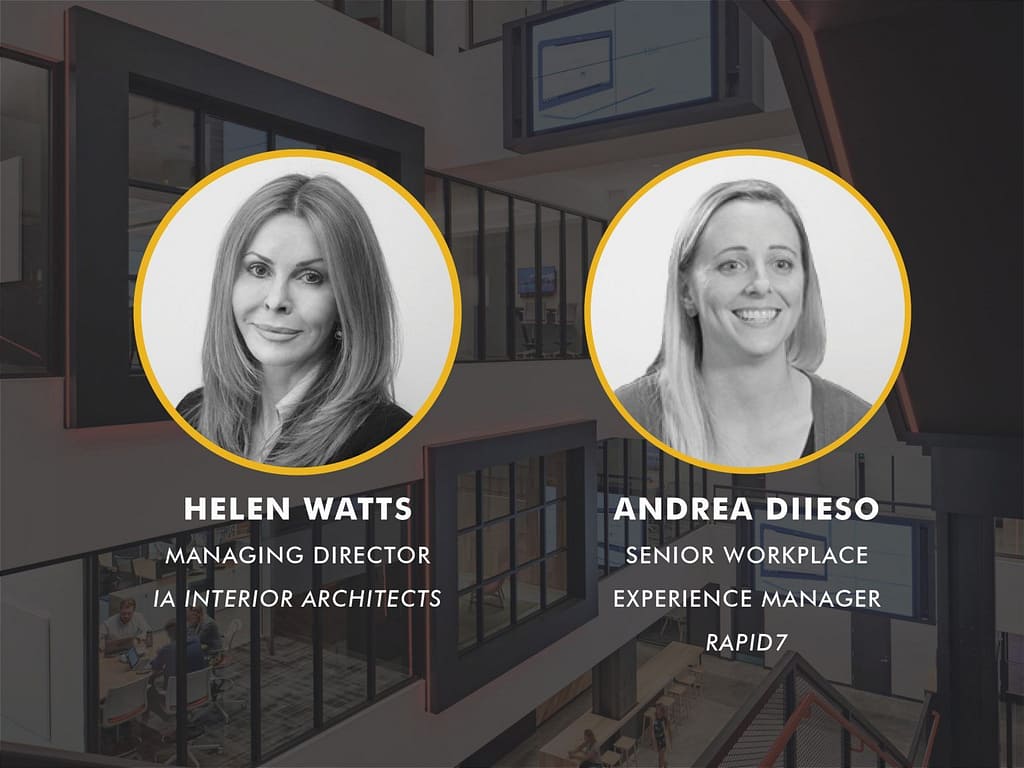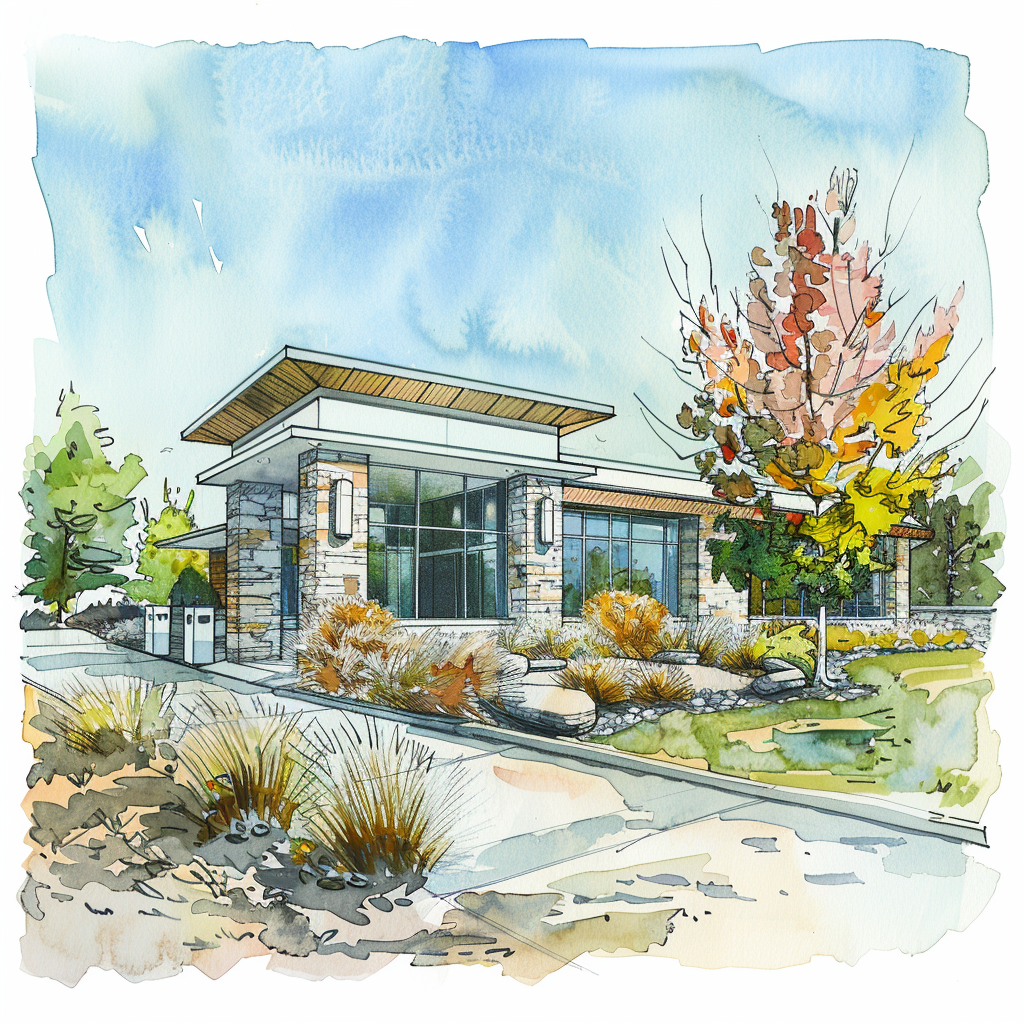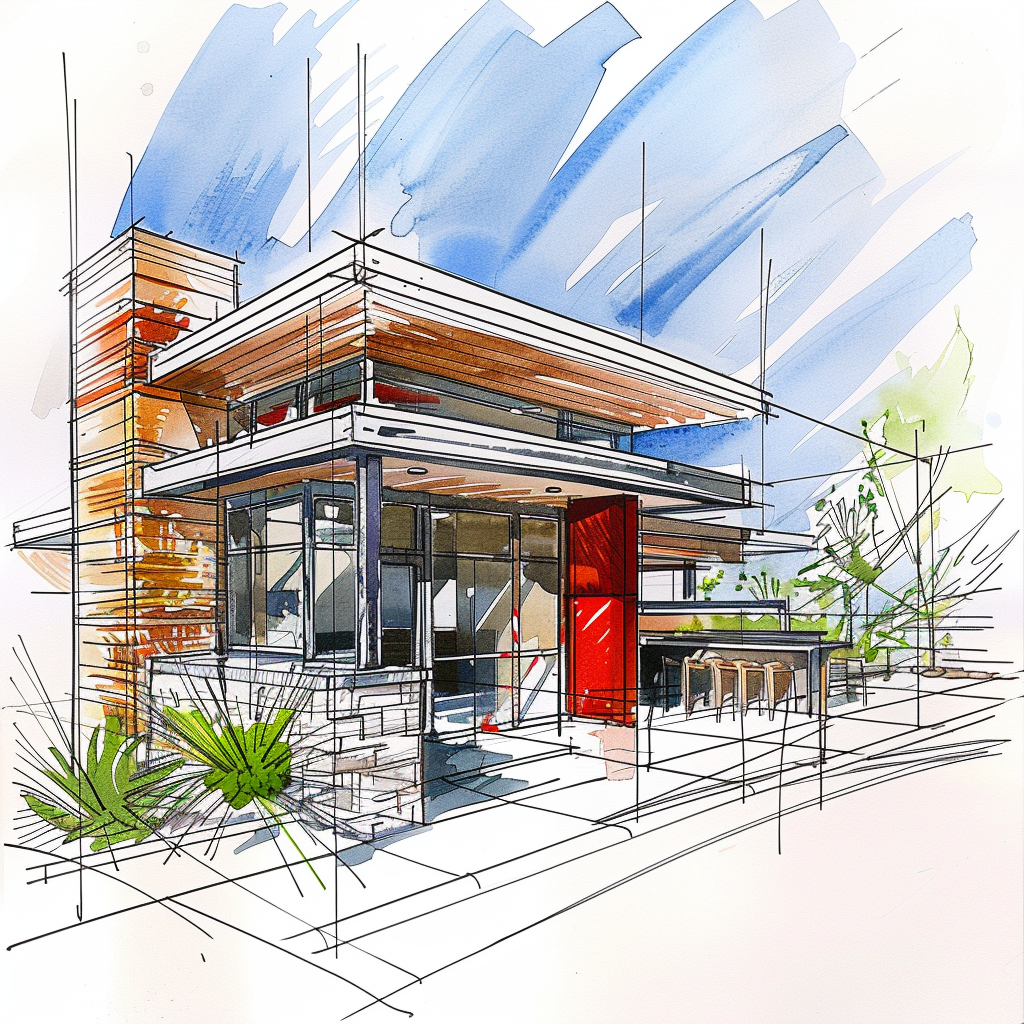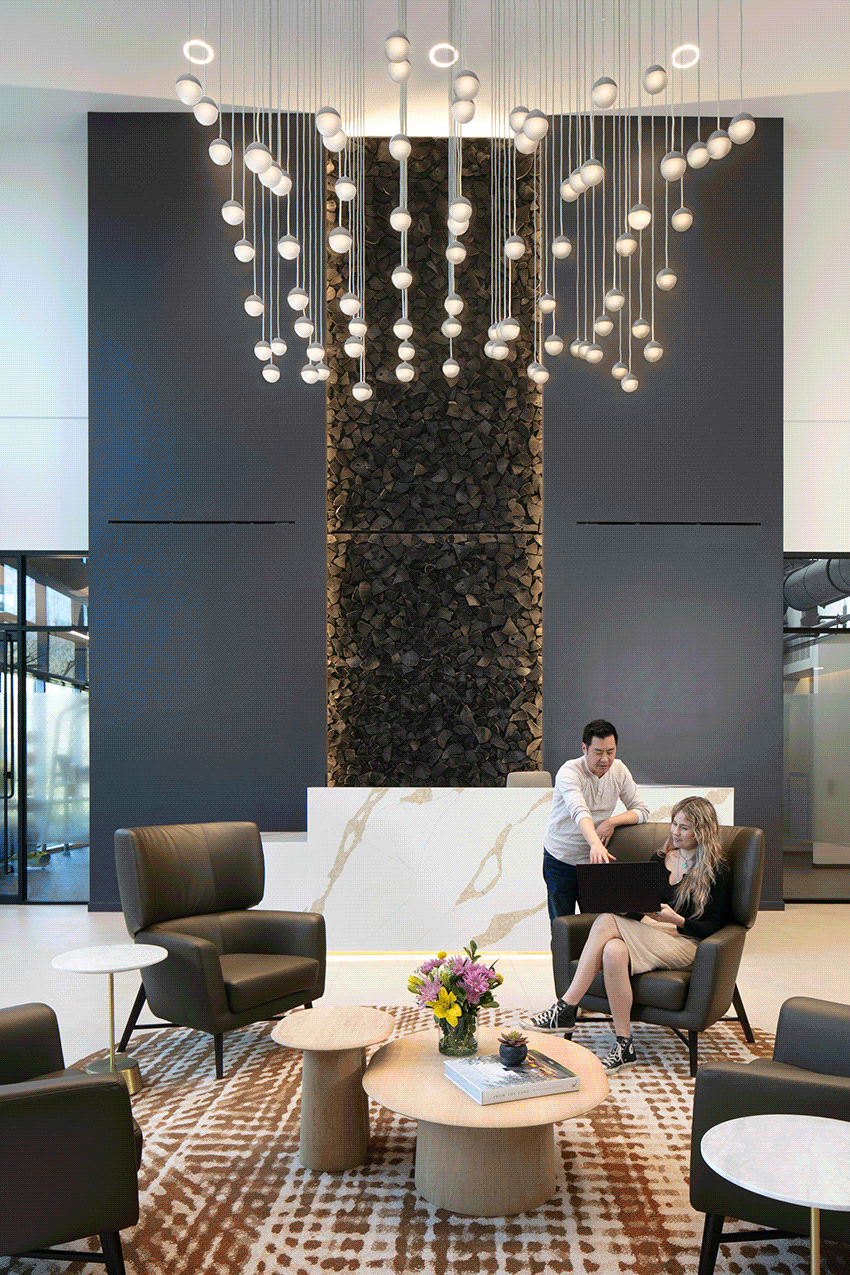Part Two
Helen Watts | Managing Principal, Los Angeles
&
Mary Lee Duff, LEED AP, IIDA | Director of Ecos Studio
In part one we discussed the recent pivot to hybrid cultures that embrace office and home, the advantages of a high-performance organizational culture, and we began to explore what it takes to develop that culture by considering the first four components of Dr. Paul Zack’s eight components for building high-trust cultures. Here we consider the last four components, which may seem more challenging, but will significantly elevate a culture of trust and enhanced performance.
The last four components are:
OPEnNESS
This is radical openness, a broad sharing of information and transparency that breeds trust, the foundation of great teamwork. A plethora of studies show that when colleagues know why decisions are made they are more motivated and productive, yet only 40% of employees report being well informed about company goals, strategies, and tactics.
Although the aim of Google’s well known project Oxygen was to determine if a reduction in hierarchy would affect productivity, it found that managers mattered for facilitating openness, setting expectations, and caring. Googlers are more motivated when managers share a great deal of information, especially about the strategic direction of the firm and the rationale for its decisions. Based on those findings and experimentation with self-management, Google settled on a management structure that keeps hierarchy at a bare minimum.
Google has not eliminated managers but sees them more as coaches and communication conduits rather than czars, which requires regular intentional communication for both onsite and offsite staff. A Gallup study of 2.5 million managers led by teams in 195 countries confirmed Google’s findings: workforce engagement improves when supervisors engage in some form of daily communication with direct reports. A team is more effective when it knows where they are headed and why. The caution here is finding the right balance between remote and in-person communication. However, experiments in neuroscience show that neural engagement is higher for in-person interaction than text or video messaging.
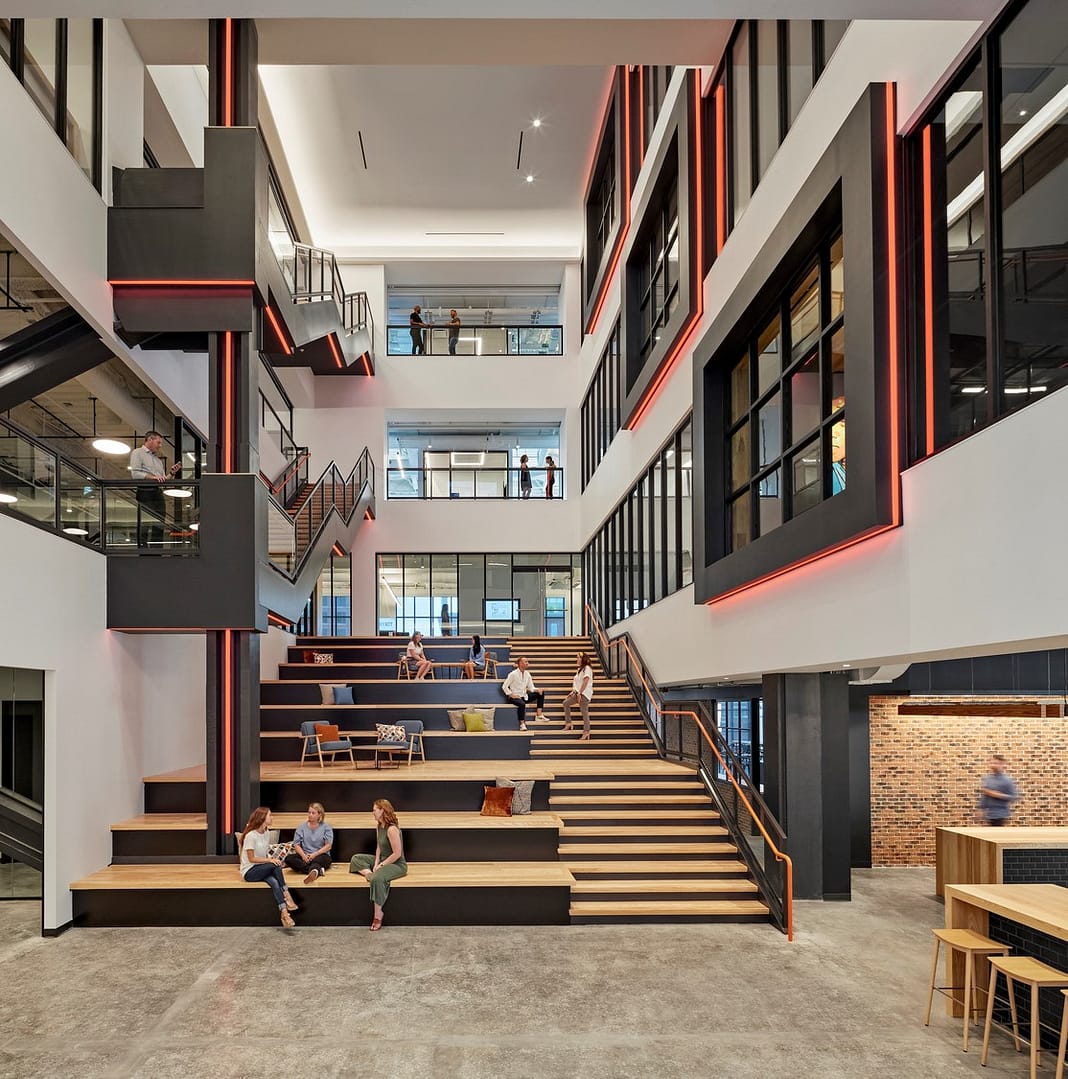
A flexible workspace is key to accommodating large or small town hall meetings. The addition of cameras and drop-down screens will facilitate remote participation. Rapid7 Headquarters, Boston. Photography @ Robert Benson.
CARING
This component is expressed by intentionally building relationships with colleagues. It was particularly evidenced during the first weeks of the pivot to working from home. Firms set up networks of teams, work-from-home buddies, and other ways of staying connected not just for project work but for social interaction and concern about colleagues’ welfare.
A culture of caring and compassion strengthens the bottom line. The Society for Human Resource Management found that good relationships between managers and coworkers directly increases motivation. According to academic research across industries, organizations that promote caring create more value. PepsiCo’s first guiding principle is caring. Zappos includes caring as one of its 10 guiding principles. Slack lists empathy as a core value. LinkedIn practices compassionate management, and Whole Foods articulates management principles using the word love. The workforce is a community; caring makes the community work better by creating an environment where colleagues’ emotions are recognized and accepted as part of the human condition.
Leaders, in particular, need to concentrate on caring because of neurological changes that arise when a leadership position is assumed. Known as lead singer syndrome, testosterone levels for both men and women in leadership positions rise and inhibit the brain’s synthesis of OXT, making them less caring and empathetic. A level of self-awareness is required to counteract dominance displays—a leader might sit in a middle seat at a conference room table or sit in an open office environment. These types of physical choices may communicate certain messages to colleagues even better than intentional gestures.
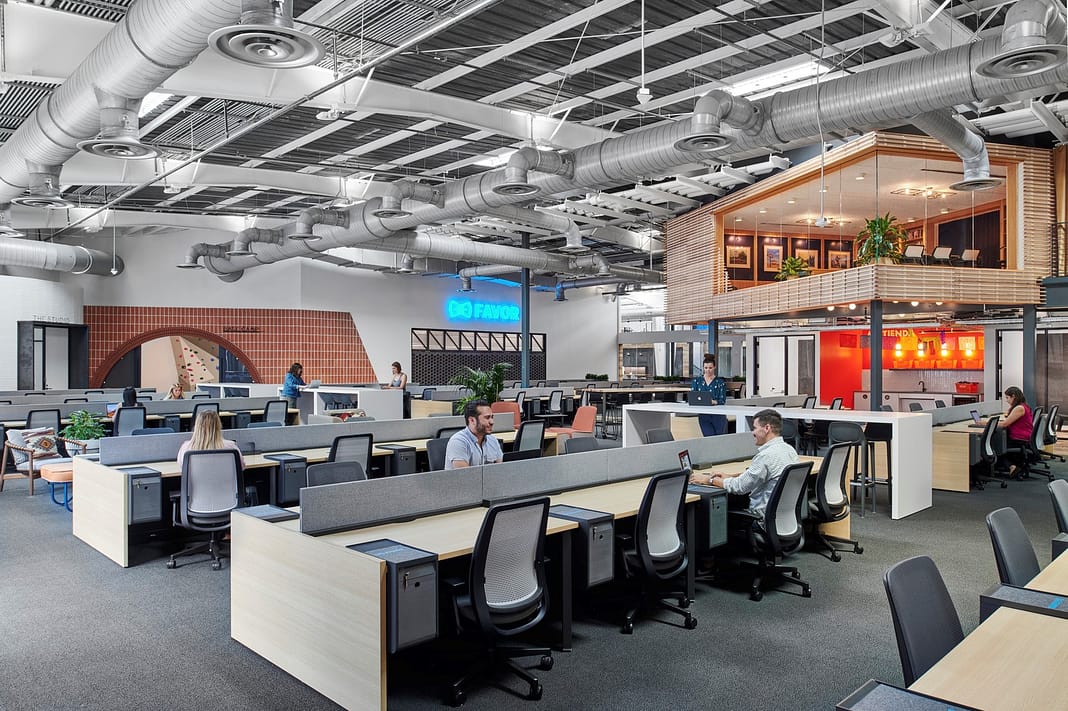
For a leader, sitting in an open office environment is one technique for mitigating lead singer syndrome. H-E-B / Favor, Austin. Photography © Peter Molick.
Leaders who are accessible and not intimidating are more able to grow relationships. Caring organizations report significantly higher creativity, more engagement at work, and higher energy than those considered uncaring. And caring cultures experience more joy at work with a heightened sense of purpose. As a 2020 New York Times article noted, “Humans are social animals that need connection, love, physical and emotional contact with others for well-being. Studies have shown that people in a community with shared goals are happier and more productive.”
INVEST
This includes facilitating the holistic growth of employees, which encompasses not only professional development but the soft skills of personal and spiritual development. By elevating the concept of the whole person, colleagues bring not only their head but their heart to their work. Psychologists Jung, Maslow, and Seligman have provided ample evidence confirming the importance of broad holistic growth if we are to thrive.
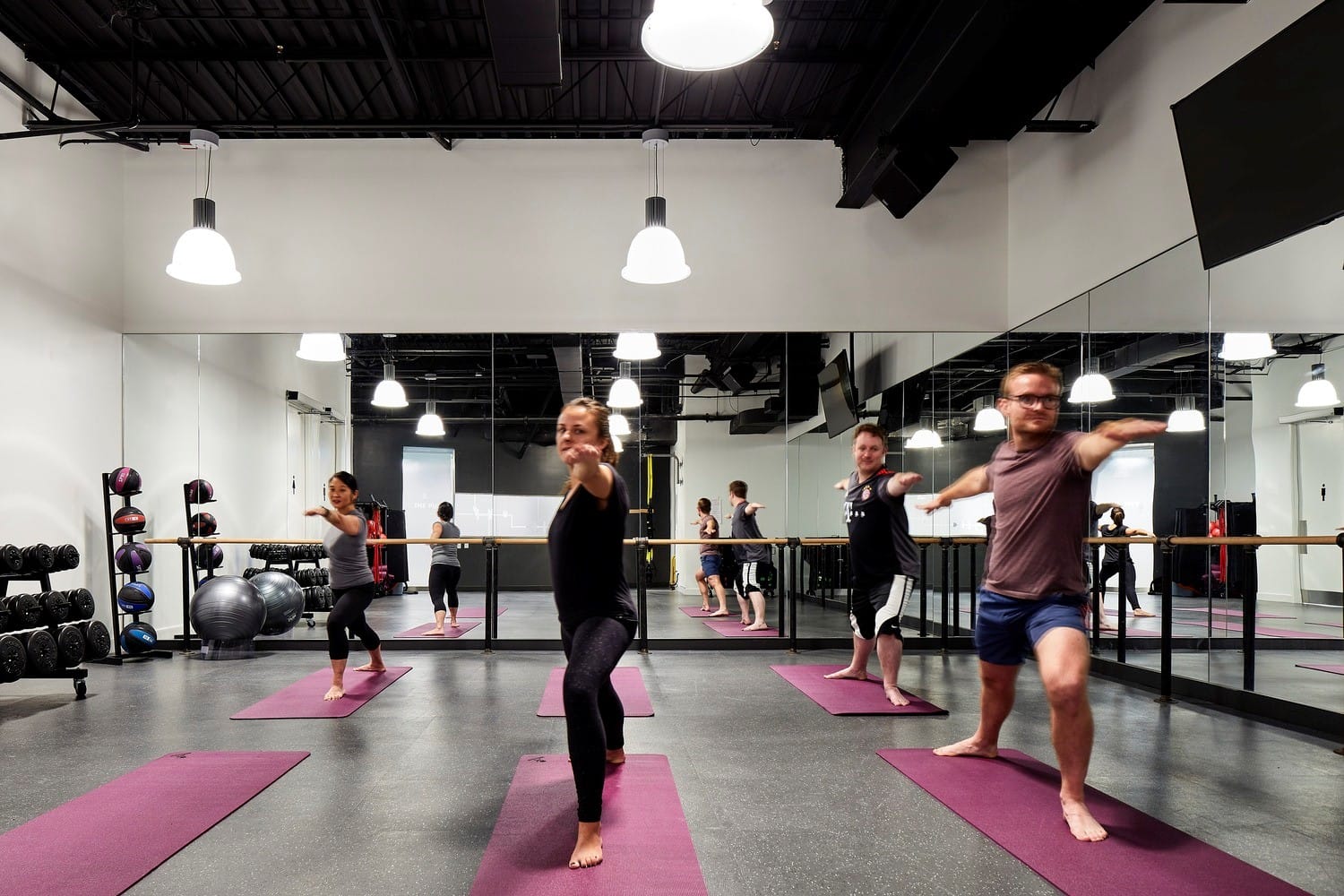
Yoga at work is an option that contributes to the holistic growth of employees. Scotiabank Digital Factory, Toronto. Photography © Doublespace.
These instances of holistic growth can impact the brain's neural network in positive ways. Experiments in neuroscience demonstrate that the brain is continually reshaping itself regardless of age. For instance research from the Salk Institute suggests that vigorous exercise and cognitive challenges create new neurons in the brain associated with learning, memory, and emotions even in older people. Investing in employees' personal growth can strengthen organizational culture, which is shown to benefit overall performance.
NATURAL
This refers to authentically presenting ourself, rather than adopting the persona of who we think we ought to be. It is important to be an authentic, vulnerable leader. Acknowledging weakness or what we don’t know is actually a strength that makes us relatable. Leaders who are accessible and non-intimidating are important for growing relationships, which are a key component of resilience in times of uncertainty. Dr. Karen Reivich, Director of Resilience and Positive Psychology Training at the Psychology Center of the University of Pennsylvania, explains this as the ability to lean in, be present, engaged, and really lend yourself to another person for a while. Whether working remotely or in the office, we need each other. We are more open with those who appear authentic and genuine, which leads to trust and higher performance levels.
CONCLUSION
The majority of organizations we work with believe there will be multiple variations of the workplace, with some workers preferring the office, others the home, and many moving back and forth between the two. Nurturing such a hybrid culture takes intention and an understanding of human needs and the neuroscience behind how we communicate. We have explored Paul Zack’s eight components for developing and maintaining the trust required for a thriving workplace. Moving forward we know the work environment will evolve continually, never standing still, and we’ll be there to carry it forward with strategies and designs, both virtual and built, that inspire and strengthen high-performance organizations.
